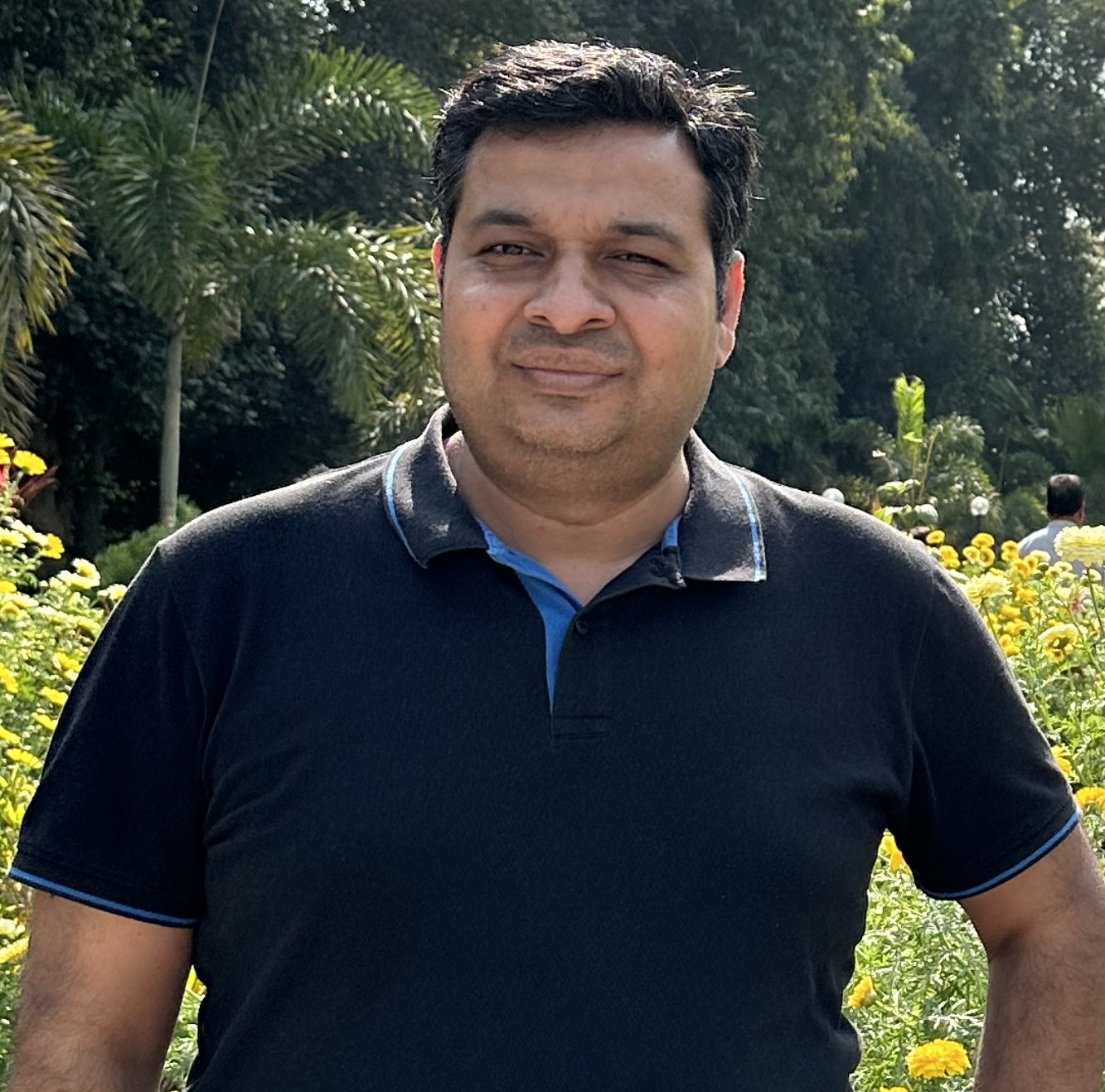Profile
Educational Details: Ph.D., Cell Biology, 2011, CSIR - Institute of Microbial Technology, Chandigarh, India M.Sc., Biotechnology, 2005, Kumaun University Nainital, India. B.Sc., Biology, 2003, MDS University, Ajmer, India Research Experience Scientist D, 2021 to present, National Centre for Cell Science, Pune, India UGC-Assistant professor, 2019-2021, Department of Biotechnology, Panjab University, Chandigarh, India. Associate Research Scientist, 2017-2019, Department of Molecular Biophysics and Biochemistry, Yale University, New Haven, USA. Post-doctoral Research Fellow, 2015-2017, Department of Cell Biology, Yale University, New Haven, USA. Post-doctoral Research Fellow, 2011-2015, Department of Molecular Genetics and Cell Biology, The University of Chicago, Chicago, USA. Awards/Fellowship: Awarded Wellcome Trust DBT intermediate fellowship (2023-2028) Awarded CSIR Senior Research Fellowship (2008 to 2010) Awarded CSIR Junior Research Fellowship (2005-2007). Placed among top 20 percent candidates in National Eligibility Test (NET) for Lectureship by CSIR, Government of India, 2005. Awarded Fellowship for Master degree in Biotechnology by DBT, Government of India,(2003-2005)
Current Focus Areas
1. Purification and characterization of signaling protein complexes formed by the major brain G protein, G alpha o
2. Understanding the molecular mechanism of biogenesis of lysosome-related organelles using the Tetrahymena thermophila model system
Selected Publications
Santosh Kumar*, Andrew C. Olson and Michael R. Koelle. (2021) The neural G protein Gαo tagged with GFP at an internal loop is functional in C. elegans. G3 (Bethesda) 11 jkab167 (Corresponding author). Impact Factor in 2021: 2.8
Santosh Kumar*, Chandramohan Chitraju, Robert Farese Jr., Tobias Walther, and Christopher Burd (2021) Conditional targeting of phosphatidylserine decarboxylase to lipid droplets. Biology Open 10, bio058516. (*Co-corresponding author) Impact Factor in 2021: 2.5
Santosh Kumar, Joseph S. Briguglio and Aaron P. Turkewitz. (2015) Secretion of polypeptide crystals from Tetrahymena thermophila secretory organelles (mucocysts) depends on processing by a cysteine cathepsin, CTH4. Euk. Cell. 14, 817-833. Impact Factor in 2015: 3.00 Highlighted in “Spotlight” “How To Cock the Trigger (If you Are a Ciliate)” in The Euk. Cell. Impact Factor in 2015: 3.00
Santosh Kumar, Joseph S. Briguglio and Aaron P. Turkewitz. (2014). An aspartyl cathepsin, CTH3, is essential for proprotein processing during secretory granule maturation in Tetrahymena thermophila. Mol. Biol. Cell. 25, 2444-2460. Impact factor in 2014: 4.45
Joseph S. Briguglio, Santosh Kumar and Aaron P. Turkewitz. (2013). Lysosomal sorting receptors are essential for secretory granule biogenesis in Tetrahymena. J. Cell Biol. 203 , 537–550. Impact factor in 2013: 9.70 Highlighted in Nature Reviews Molecular Cell Biology 14, 751 (2013) “A sortilin for secretory granules”. Impact factor in 2013: 36.00 Highlighted in “In Focus” “Sortilins get a new delivery route” in The Journal of Cell Biology. Impact factor in 2013: 9.70 Accepted for cover image in The journal of Cell Biology. Impact factor in 2013: 9.70
